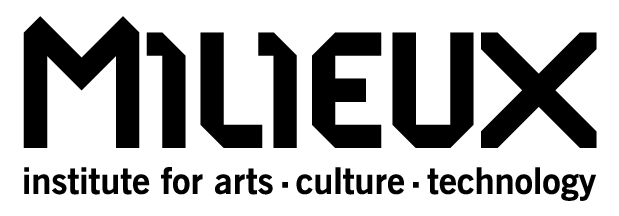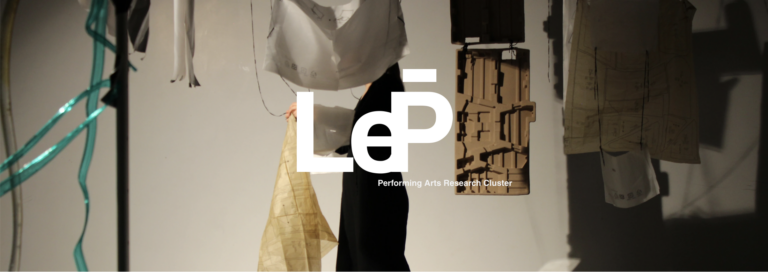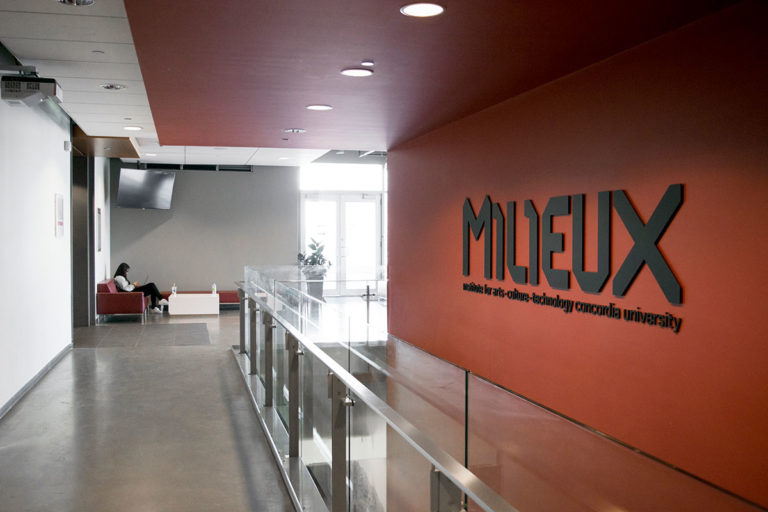At the final event of Season 3 in the “Feminist and Accessible Publishing Communication, and Technologies Speaker and Workshop Series,” its founder Dr. Alex Ketchum and co-host for the evening Dr. Stefanie Duguay, welcome Dr. Jennifer Lundquist with her presentation, Addressing the Digital Harassment of Scholars. Her research on how racial, ethnic and gender inequalities are perpetuated in various institutional settings and her role as an Associate Dean of Research has led to her creating toolkits that address this phenomenon of digital harassment. Dr. Ketchum’s research into how Canadian universities are handling the harassment of scholars and Dr. Duguay’s concern for the wellbeing of scholars researching sensitive topics in the Digital, Gender and Sexuality (DIGS) Lab, led them to reach out to Dr. Lundquist for tangible actions to deal with the perils of public scholarship in digital contexts.
“Public scholarship means pissing people off.” — Tressie McMillan Cottom
Dr. Jennifer Lundquist displays a picture of a dumpster on fire, an emblem of both the unruly forms of harassment scholars experience in the social media landscape and the all to frequent lack of support provided to these scholars through their workplace, the University. Lundquist reminds us that this phenomenon is not new. Case in point, she exhibits an article from the Vassar Miscellany News published in 1935, wherein William Randloph Hearst (American politician and developer of Hearst Communications) is condemned for his surveillance of scholars and their “communist affiliations” (regardless of their basis in reality). Through the guise of “Americanism, which Mr. Hearst so zealously adopts to shield his endeavours,” he directed his trolling to the political left, classifying “liberals and communists alike as ‘public enemies’— to be investigated, then imprisoned or deported.” The division of leftist versus rightist epistemologies continues to unfold, as it has over the last three years when Lundquist and others noticed a rapid increase in the frequency of cases of the online harassment of public scholars. What has shifted is the variety, pace and circulation of such harassment in the advent of a social media landscape. As Lundquist puts it: “This is not new, but social media complicates it.”
During her first four years as the Associate Dean at the College of Social and Behavioral Science at the University of Massachusetts Amherst, Lundquist saw few cases. But as the frequency of cyber attacks rose across her departments, Lundquist, along with the dean of her college, John Hird, and Ed Blaguszewski (Executive Director of Strategic Communications at UMass), put together a committee to explore the issues at hand. This would evolve into a standardized protocol that provides a supportive and coordinated resource for staff when an incident of cyber harassment takes place, whereby “everyone knows what they are doing.” The protocol also “establishes a division of labour,” ensuring the victim is not left to deal with the logistical and psychological after-effects of the event. Seeking guidance from other institutions, they found that few university institutions anticipate this form of harassment and, consequently, are often blind-sided.
Public engagement has always been essential for the development of one’s scholarly career, and now more than ever with the increase of media platforms and the reach of the internet’s ecosystem. However, the increased interest in public scholarship can put a researcher into a double-bind; by striving to insert their voice into a clamoring public sphere to maintain their career, scholars can become subject to the scrutiny of various forms of partisan media, largely spearheaded by right-winged media outlets. Surveillance of thought and speech is not, however, reserved to the right; Lundquist maintains that “the left has also protested Conservative speech they find offensive.” The difference is the level of organization and resources the right has built to enlist students, politicians, and the public in a vicious cycle of harassment. Access to funding is vital, allowing for information to be distributed across all types of media outlets, regardless of size or stature (Lundquist names the influential conservative Koch and Goldwater families as prominent benefactors of right wing foundations and nonprofits). A common way misinformation becomes circulated is by commissioning students to write articles that use “hyperbole and sensationalized headlines–it’s the titles and ledes where the real context twisting takes place.” Lundquist discloses she has also been the subject of such counter-information: “They are very good at generating outrage in an outrageous soundbite. Then, the key here is that they distribute material into a right wing media feedback loop.” This process of dissemination becomes further aggravated through the actions of individual online vigilantes who are linked with the “outrage machine.” This often results in online abuse; more rarely it can manifest in threats of physical violence. Citing Isaac Kamola, a vital scholar on the surveillance activities of Campus Reform, the goal first and foremost is to silence faculty.
By publicly depicting faculty and their research in an unsavory light, the average citizen becomes “less willing to support higher education with their tax dollars,” transforming public education into a hyper-partisan issue. This context is essential to shed light on a common misconception of who ‘cancel culture’ rhetoric affects the most. From their research, both Dr. Ketchum and Dr. Lundquist found that women, non-white, LGBTQ+ and non-tenured scholars are much more likely to face cyber harassment than their tenured white male colleagues, which often dissuades scholars from sharing their work publicly and thus limits their opportunities. Lundquist notes the importance of this context in understanding how cyber harassment manifests itself through acts of trolling, doxxing and astro-turfing; however, what is most important to Lundquist is that resources and support be made available to scholars experiencing these attacks. Her university’s plan is one that is concise, action-based (an aspect that many attendees were grateful for) and “really not that hard” to implement.
Transposed beside the image of the dumpster fire is the guiding call of Lundquist’s project: “We are not prepared for this. But we can be!” Within the toolkit Lundquist shared, preparation was at the forefront of every action item. A condensed breakdown of the most important action items revolve around the motive to prevent and anticipate events by: acting quickly in addressing security threats, creating a standardized form to secure the full details of events from victims; communicating quickly and effectively by contacting the PR point person; alerting the Dean; creating a standardized statement to press inquiries that is easily adaptable at the ready; and informing and preparing departmental colleagues and staff when applicable. Education and preparation is key to this toolkit, with the intention of always being proactive, Lundquist summarizes the most important tools:
- Help faculty and administration anticipate risks
- Educate faculty on their academic freedom, legal and classroom copyright protections
- Inform faculty on best practices for record retention and email communications
- Distribute the teaching of sensitive topics across all faculty
- Develop a support system for when attacks occur
- Develop your university’s response template
- Update policies:
- Restatement of Academic Freedom updated for the media age
- Updated student and employee codes of conduct
In terms of immediate response, Lundquist emphasizes the importance of maintaining a supportive relationship between the chair of the department and the faculty. Ideally, the chair is the first point of contact in an instance of cyber harassment and has the knowledge and resources behind them to “provide immediate support and reassurance,” especially in regard the faculty member’s future tenureship and promotion. As such, chairs should be provided with a “list of actions steps and point people along the way.” The toolkit emphasizes how important it is to normalize the experience for faculty members, allowing them to see the larger structural forces at work so that they don’t feel alone and to blame. Lundquist reminded the audience that even if “nasty media coverage did not result in a big media storm, it is important to remember the abuse was still experienced by the faculty member in private.” By embedding an established protocol as common practice, it conveys a dedication to the emotional, physical, intellectual and professional support of their faculty.
The coordinated effort by William Randloph Hearst’s colleagues to condemn his efforts of surveillance in the classroom eventually led to the restatement of tenure and academic freedom by the AAUP in the United States. In turn, protections were granted for academic freedom under the first amendment of free speech in the Constitution of the United States. Likewise, the collaborative work Lundquist is undertaking ensures a future for scholars not only rooted in an assurance of one’s own educational practices inside and outside the classroom (regardless of trollers’ onslaughts) but, more importantly, grounded by virtues of accountability, support and action. Dr. Lundquist’s full presentation is available on the “Feminist and Accessible Publishing and Technologies” YouTube channel and the toolkit is available on their Resources Page, to encourage scholars to advocate for support and efforts at their own universities.



